Discussion about the Models of the Stress-Slip Curve of Near Surface Mounted CFRP Reinforcement Bond
DOI: 10.23977/compag.2022.020101 | Downloads: 15 | Views: 2982
Author(s)
Xiaodong Zhang 1
Affiliation(s)
1 School of Environmental Arts and Architectural Engineering, Heilongjiang University of Technology, No.99 South Heping Street, Jixi City, Heilongjiang Province, China
Corresponding Author
Xiaodong ZhangABSTRACT
Carbon-fibre-reinforced polymer (CFRP)-the currently produced materials are now widely used for bridges and the strengthening and retrofitting of concrete structures. Large amounts of research has been directed to characterize the bond behaviour since FRP rods were proved to be good composites which can be used in construction industries, especially as the near-surface mounted reinforcements. E. Cosenza, G. Manfredi and R. Realfonzo (1997) carried out a series of tests in which the influence of type of fibre, outer surface (shape and type of concrete matrix), and other significant parameters (i.e., confining pressure, bar diameter, compressive concrete strength) on bond performance was investigated. Furthermore, some analytical models of bond-slip behaviour were examined to assess their adequacy to reproduce the experimental bond behaviour. However, it is evident that more information is still required to provide confidence for the design of the CFRP structures and for the development of design standards. This paper investigates different stress-slip models of the Near Surface Mounted CFRP rods that previous researchers suggested and try to recognize the difference between different models by comparisons.
KEYWORDS
Strengthening Concrete Structure, CFRP, Concrete Structure Refurbishments, NSM, BondCITE THIS PAPER
Xiaodong Zhang, Discussion about the Models of the Stress-Slip Curve of Near Surface Mounted CFRP Reinforcement Bond. Complex Analysis and Geometry (2022) Vol. 2: 1-6. DOI: http://dx.doi.org/10.23977/compag.2022.020101.
REFERENCES
[1] Pecce M., Manfredi G., Realfozo R., Cosenza E., 2001, Experimental and Analytical Evaluation of Bond Properties of GFRP Bars, ASCE Journal of Materials in Civil Engineering, 13/4, 282-290.
[2] Laura De Lorenzis, Antonio Nanni, 2001, Characterization of FRP Rods as Near-Surface Mounted Reinforcement, Journal of Composites for Construction.
[3] Laura De Lorenzis, Antonio Nanni, 2001, Shear Strengthening of Reinforced Concrete Beam with Near-Surface Mounted Fibre-Reinforced polymer Rods, ACI Structural Journal, Vol. 98, No. 1, January-February 2001.
[4] De Lornezis, and A. Nanni, “Bond Between Near Surface Mounted FRP Rods and Concrete in Structural Strengthening,” ACI Structures Journal, Vol. 99, No. 2, March-April 2002, pp. 123-133.
[5] Focacci F., Nanni A., Bakis C.E., 2000, Local bond-slip relationship for FRP reinforcement in concrete, ASCE Journal of composites for construction, 4/1, 24-31.
[6] Ahmed H. Abdel-Kareem. Punching Strengthening of Concrete Slab-column Connections Using Near Surface Mounted (NSM) Carbon Fiber Reinforced Polymer (CFRP) Bars. Journal of Engineering Research and Reports, 2020: 1-14.
[7] W.K.K.G. Kalupahana and T.J. Ibell and A.P. Darby. Bond characteristics of near surface mounted CFRP bars. Construction and Building Materials, 2013, 43: 58-68.
[8] Boulebd Adel et al. Modeling of CFRP strengthened RC beams using the SNSM technique, proposed as an alternative to NSM and EBR techniques. Fracture and Structural Integrity, 2020, 14(54): 21-35.
[9] Guohua Xing et al. Enhancing flexural capacity of RC columns through near surface mounted SMA and CFRP bars. Journal of Composite Materials, 2020, 54(29): 002199832093705.
[10] Mohammad Abdallah et al. Experimental study on strengthening of RC beams with Side Near Surface Mounted technique-CFRP bars. Composite Structures, 2020, 234(C): 111716-111716.
| Downloads: | 33 |
|---|---|
| Visits: | 7945 |
Sponsors, Associates, and Links
-
International Journal of Power Engineering and Engineering Thermophysics
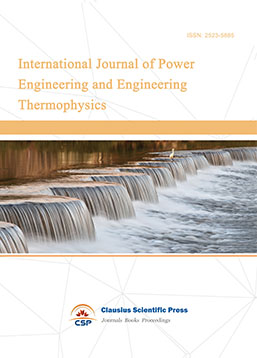
-
Numerical Algebra and Scientific Computing
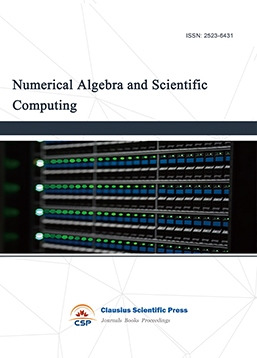
-
Journal of Physics Through Computation
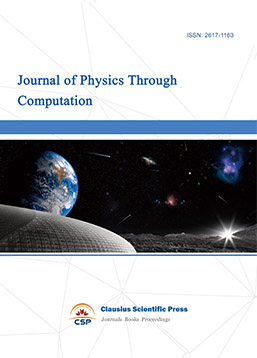
-
Transactions on Particle and Nuclear Physics
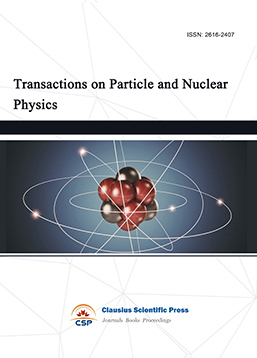
-
Journal of Probability and Mathematical Statistics
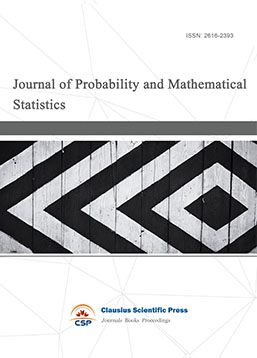
-
Multibody Systems, Nonlinear Dynamics and Control
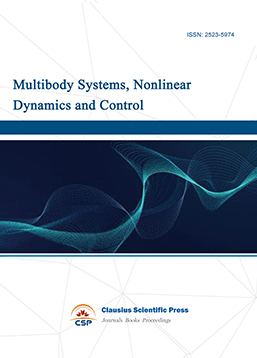
-
Dynamical Systems and Differential Equations
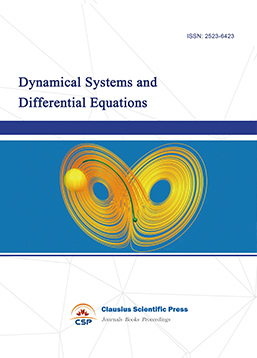
-
Acoustics, Optics and Radio Physics
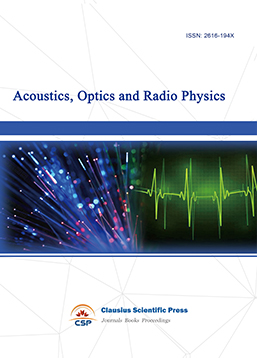
-
Progress in Atomic and Molecular Physics
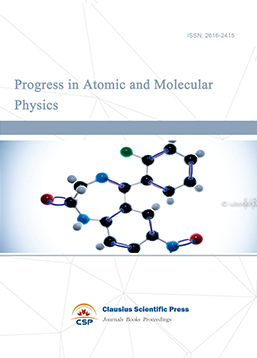
-
Transactions on Condensed Matter Physics
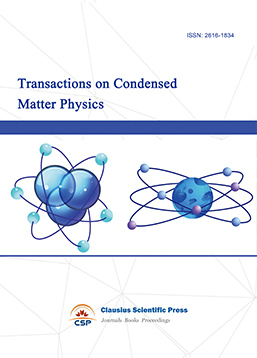
-
Transactions on Computational and Applied Mathematics
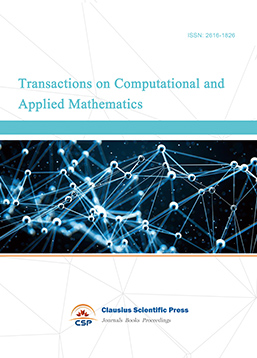
-
Progress in Plasma Physics
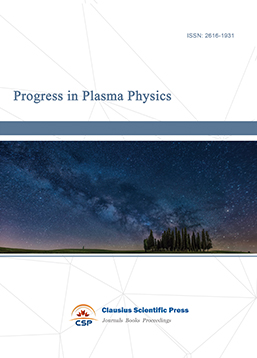
-
Combinatorics and Graph Theory
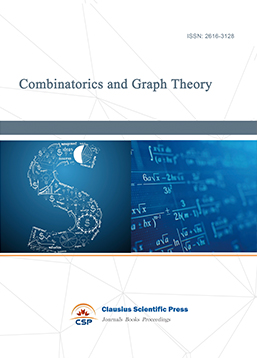
-
Research and Practice of Mathematics & Statistics
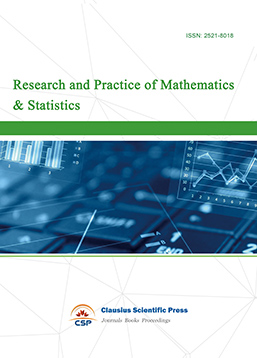
-
Nuclear Techniques and Applications
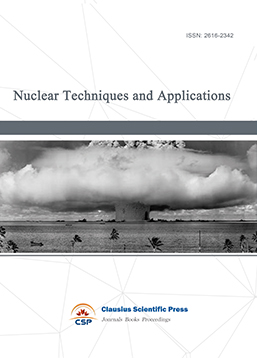
-
Journal of Photonics Research
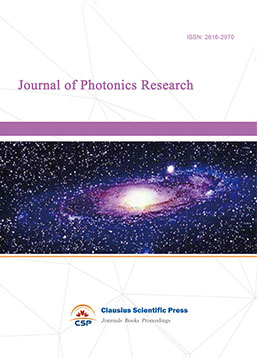
-
Journal of Compressors and Refrigeration
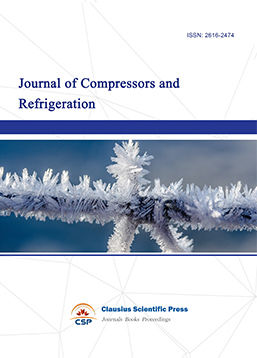
-
Journal of Theoretical Physics Frontiers
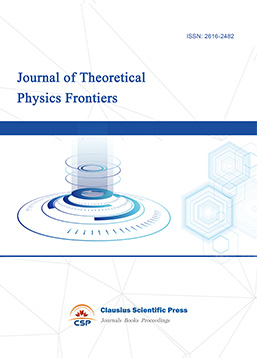
-
Journal of Nonlinear Science and Complexity
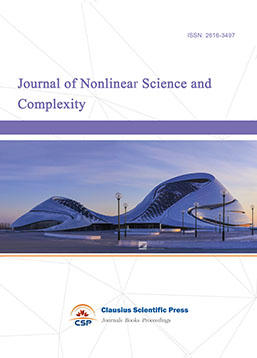
-
Vacuum Science Journal
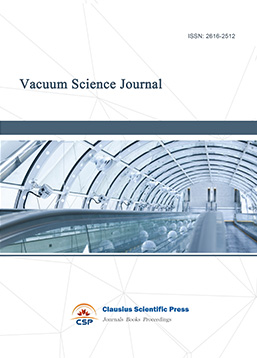
-
Computational Fluid Dynamics
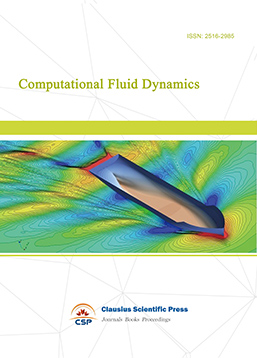

 Download as PDF
Download as PDF